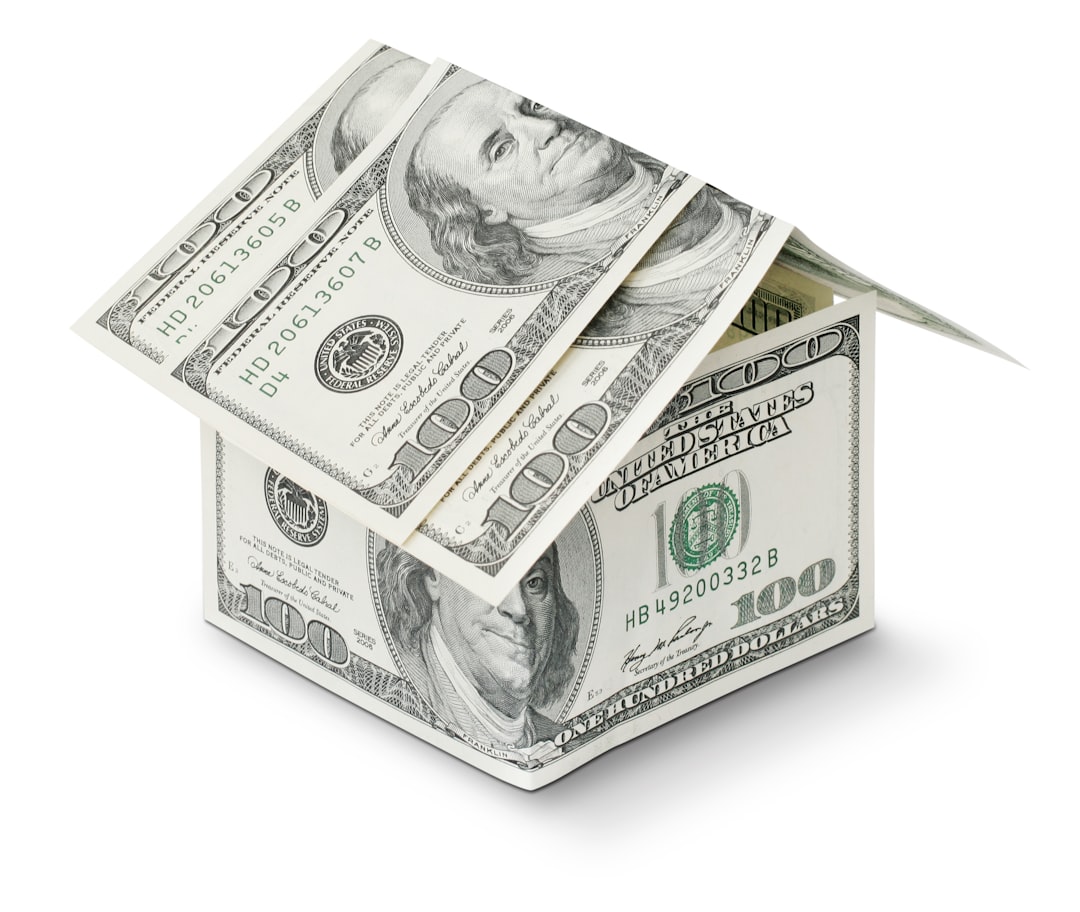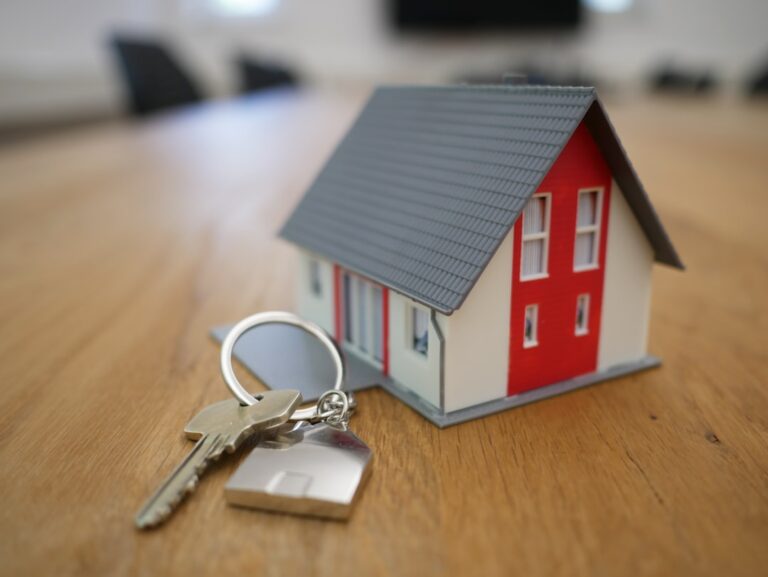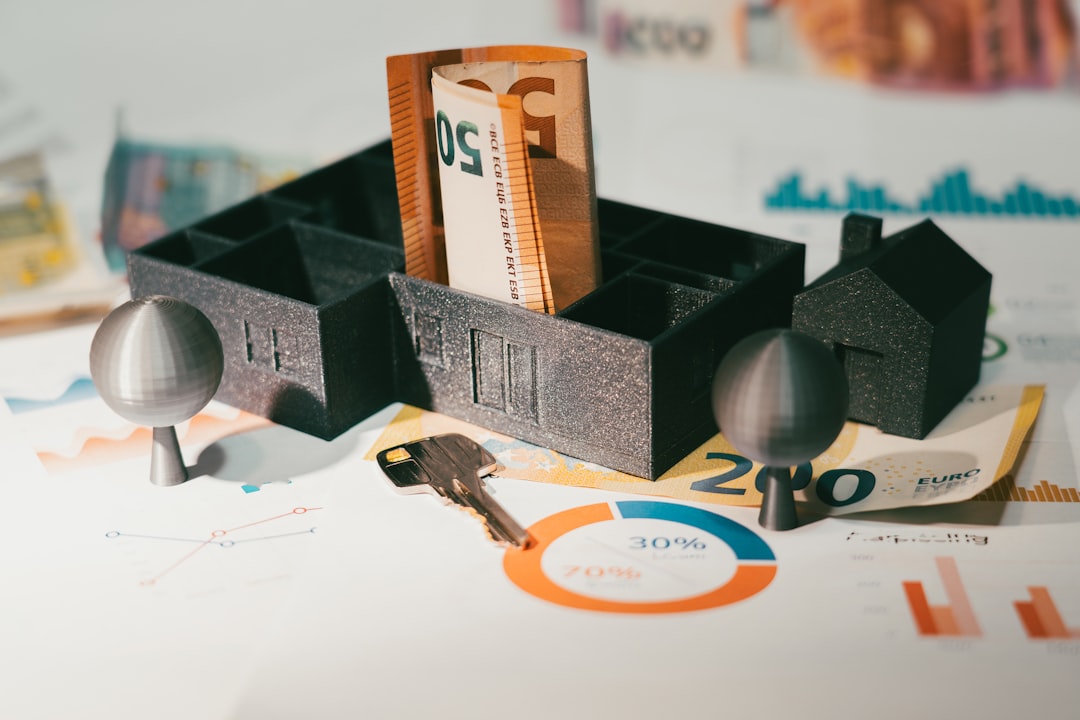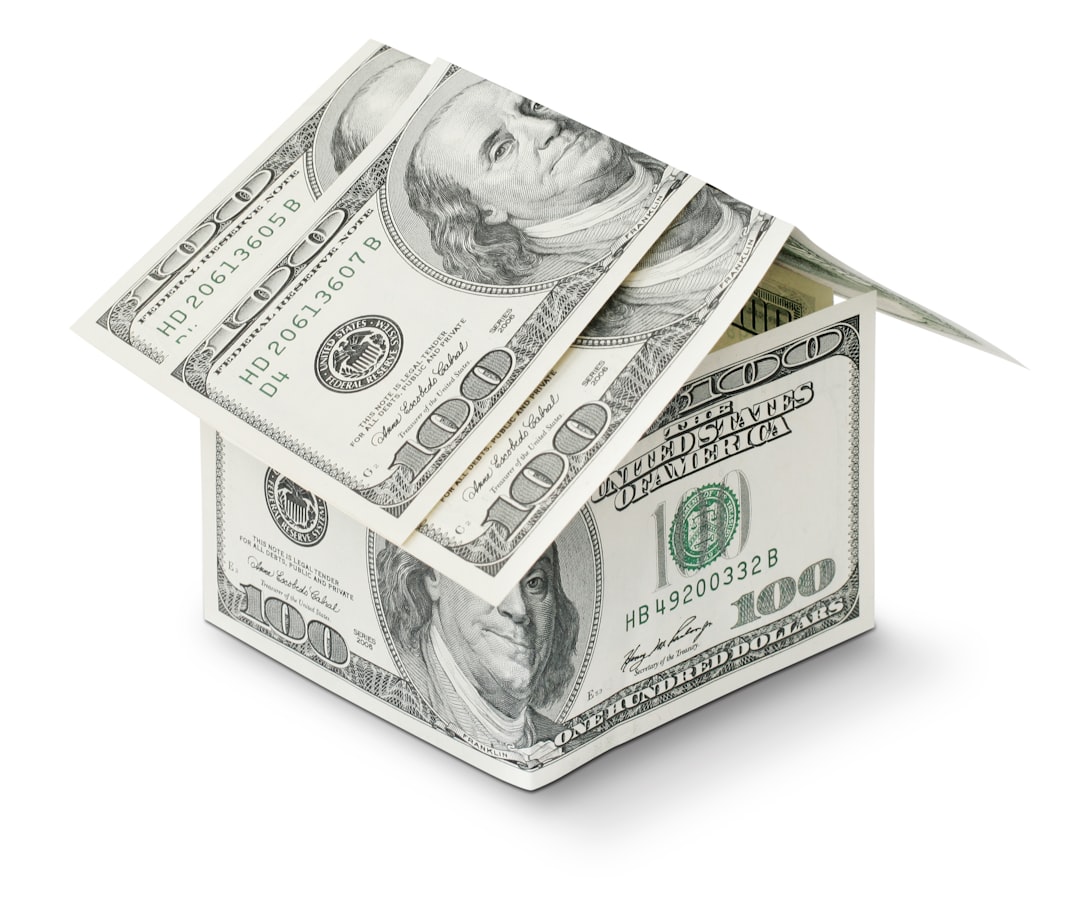Secured consolidation loans empower homeowners to transform their spaces by combining high-interest debts into a single, lower-interest loan backed by property equity. This streamlines budgeting, reduces interest expenses, and can boost home value through renovations. By securing the loan with property, borrowers access larger amounts suitable for extensive improvements while simplifying debt management. However, missed payments carry significant risks, including foreclosure. Homeowners should prioritize loans with favorable terms, assess their creditworthiness, and explore financing incentives to optimize cost-effective home improvement funding.
Looking to transform your home but burdened by multiple debts? Secured consolidation loans offer a potential solution. This comprehensive guide explores how these loans, backed by your property, can fund much-needed renovations. We delve into the benefits, qualification criteria, popular uses, and key considerations compared to traditional financing. Learn effective strategies to leverage secured consolidation loans for successful home improvement projects without breaking the bank.
- Understanding Secured Consolidation Loans: A Comprehensive Guide
- Benefits of Using Debt Consolidation for Home Improvements
- How to Qualify for and Obtain a Secured Loan
- Popular Uses of Debt Consolidation Mortgages for Renovations
- Comparing Options: Traditional Loans vs. Secured Consolidation
- Strategies for Effective Home Improvement Financing
Understanding Secured Consolidation Loans: A Comprehensive Guide

Secured consolidation loans are a popular financing option for homeowners looking to enhance their living spaces. This type of loan involves using your home as collateral, which means the lender has a security interest in your property. The process allows borrowers to combine multiple high-interest debts into a single, more manageable payment with potentially lower interest rates. This strategic financial move can simplify budgeting and save money on interest over time.
These loans are ideal for funding home improvements or renovations because they offer larger loan amounts compared to traditional personal loans. With a secured consolidation mortgage, you can pay off credit cards, personal loans, or other debts and use the remaining funds for home renovation projects. It’s a comprehensive solution that streamlines debt management while potentially increasing your home’s value through improvements.
Benefits of Using Debt Consolidation for Home Improvements

Debt consolidation mortgages, particularly secured consolidation loans, offer a strategic way for homeowners to fund home improvements or renovations. One significant advantage is the ability to combine multiple debts into a single, more manageable payment. This simplification can free up cash flow, eliminating the hassle of tracking several loan payments and potentially reducing overall interest expenses.
Additionally, secured consolidation loans often provide access to larger loan amounts compared to unsecured options, making them ideal for extensive renovation projects. With a debt consolidation mortgage, homeowners can focus on enhancing their living spaces without the constant strain of juggling multiple debts, allowing for a smoother and more enjoyable improvement process.
How to Qualify for and Obtain a Secured Loan

To qualify for and obtain a secured consolidation loan, the first step is to assess your financial situation. Lenders will consider factors such as your credit score, income, outstanding debts, and the value of your property. A strong credit history and a stable financial profile increase your chances of approval. It’s beneficial to check your credit report before applying, ensuring there are no errors or discrepancies that could negatively impact your application.
Once you’ve evaluated your financial health, approach reputable lenders offering secured consolidation loans. These loans use your home equity as collateral, so demonstrating property ownership and a solid financial standing is crucial. Lenders will assess the value of your home to determine the loan amount they’re willing to offer. Be prepared to provide financial documentation, such as pay stubs and bank statements, to verify your income and debt obligations.
Popular Uses of Debt Consolidation Mortgages for Renovations

Debt consolidation mortgages, particularly secured consolidation loans, offer a strategic financial solution for homeowners looking to fund renovations and home improvements. These loans are popular for various reasons. One common use is for kitchen and bathroom remodels, where significant expenses can be bundled into a single loan, simplifying repayment. Another popular application is for energy-efficient upgrades, such as installing new windows, insulation, or solar panels. Homeowners can leverage these secured consolidation loans to not only improve their living spaces but also enhance the property’s value.
Additionally, debt consolidation mortgages are frequently used for structural renovations like adding rooms, converting attics into livable spaces, or even building decks and outdoor living areas. By consolidating multiple debts or credit cards into one mortgage, homeowners can enjoy lower interest rates and more manageable monthly payments, freeing up funds for these transformative projects.
Comparing Options: Traditional Loans vs. Secured Consolidation

When considering funding for home improvements, homeowners often face a choice between traditional loans and secured consolidation mortgages. Traditional loans are unsecured, meaning no collateral is required, but they typically come with higher interest rates and stricter repayment terms. On the other hand, secured consolidation loans offer lower interest rates and longer repayment periods because they use your home as collateral.
Secured consolidation loans can be particularly appealing for significant renovation projects due to their ability to bundle multiple debts into a single payment. This simplifies financial management while potentially saving on interest costs. However, it’s crucial to understand the risks associated with securing a loan against your property. If you fail to repay, you could face foreclosure, underscoring the importance of careful consideration and budgeting before pursuing this option.
Strategies for Effective Home Improvement Financing

When considering home improvements or renovations, many homeowners turn to secured consolidation loans as a strategic financing option. This approach involves using your property’s equity, allowing for access to substantial funds at competitive rates. By consolidating multiple high-interest debts into one low-interest loan, homeowners can free up cash flow and simplify their financial obligations. This strategy is particularly beneficial when planning significant renovations, as it provides the financial flexibility to manage various expenses simultaneously.
For effective home improvement financing, borrowers should prioritize securing a debt consolidation mortgage with favorable terms. This includes lower interest rates, flexible repayment periods, and minimal fees. Lenders often require a thorough assessment of the property’s value and the borrower’s creditworthiness. Homeowners can enhance their application by demonstrating a solid financial history and offering realistic renovation plans. Additionally, exploring government-backed loan programs or tax incentives related to home improvements can further optimize financing options, making the process more affordable and accessible.
Secured consolidation loans offer a strategic approach to funding home improvements and renovations, allowing homeowners to streamline multiple debts into one manageable payment. By utilizing the equity in their property, these loans provide access to substantial funds for transformative projects. With careful consideration and strategic planning, secured debt consolidation can be a powerful tool for enhancing living spaces, increasing property value, and achieving financial peace of mind. Embracing this approach ensures that home renovations are both affordable and feasible, making it an attractive option for those seeking to maximize their investment in their most valuable asset.
